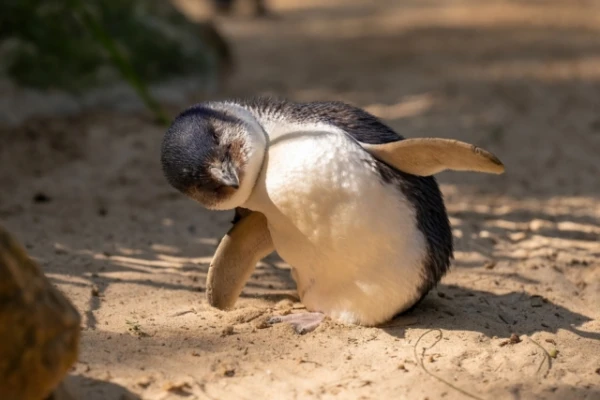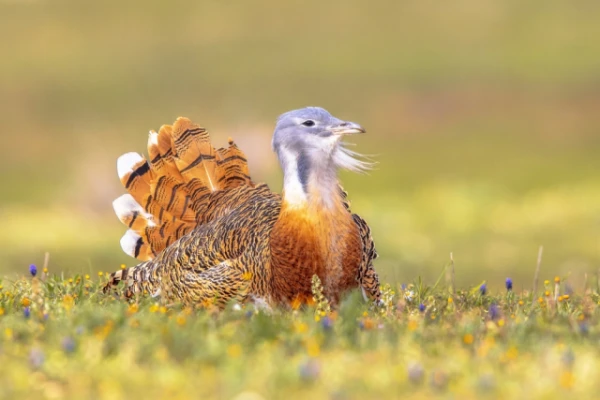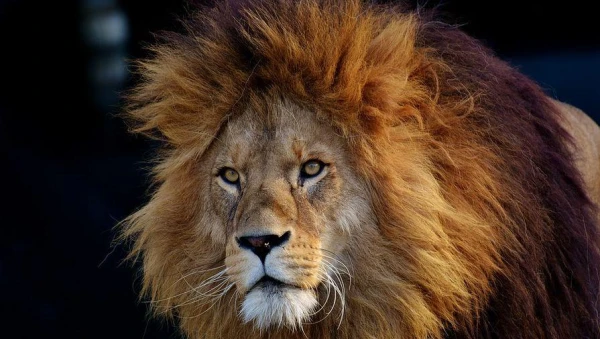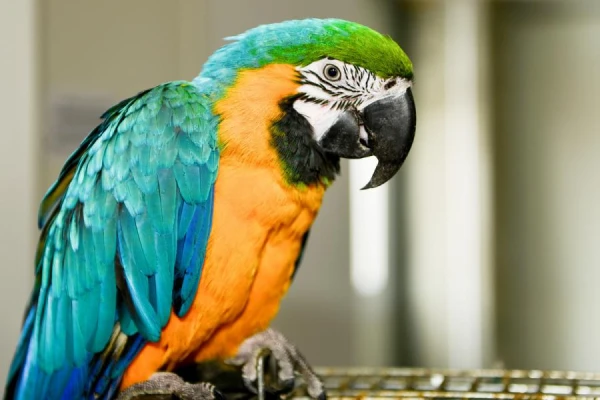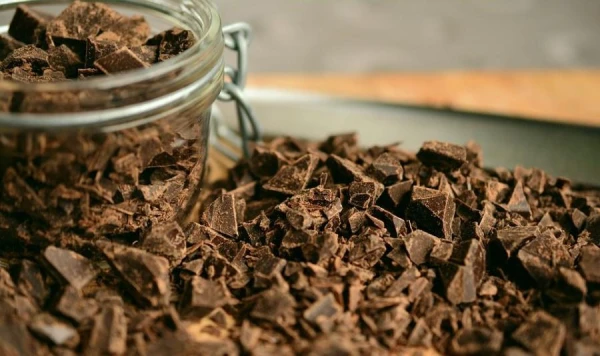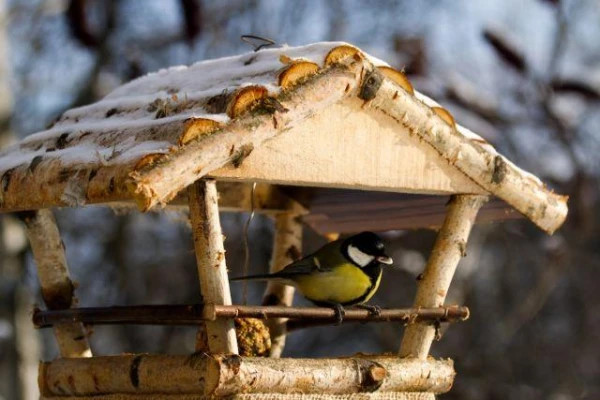
Feeding wintering birds should begin in the fall so that they can remember the food locations before the frost arrives. This was stated by candidate of biological sciences Andrey Rezanov.
Regular feeding helps birds survive the winter. This can be done in parks, yards, and squares by placing feeders in calm and safe locations, inaccessible to cats and dogs. In winter, it is better to choose feeders with roofs and edges — they protect the food from snow and wind.
Those who live in apartments can help birds without leaving home — by hanging a piece of unsalted lard outside the window. This will be especially appreciated by tits and nuthatches.
Different species prefer their own food. Sparrows, goldfinches, and greenfinches should be fed seeds and grains, while tits and woodpeckers will enjoy seeds and unsalted lard.
Pigeons can be offered barley, millet, buckwheat, lentils, peas, and pearl barley.
Jays and woodpeckers love nuts, while gray crows will do well with lean minced meat, cottage cheese, boiled eggs, or fruits.
An ornithologist reminds us: it is forbidden to give birds salty, fried, smoked, and seasoned food, as well as soggy bread — it quickly molds and can cause aspergillosis, which affects the respiratory tracts of birds.
